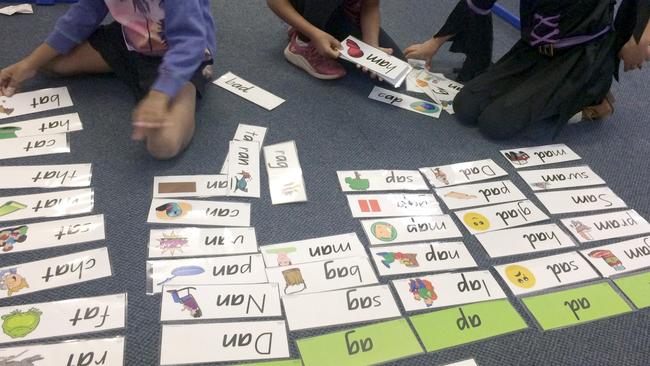Australia’s new school curriculum is substantially sound on phonics

When the draft of the revised Australian Curriculum was released for consultation last year, the response was swift and emphatic from hundreds of reading scientists, educators and parents familiar with the scientific evidence on reading and literacy.
They were dismayed that the draft did not reflect the accumulated evidence on reading and writing that has been published and disseminated over the past 30 years or more.
Instead, it retained content that endorsed outdated approaches to literacy teaching, based on the now disproved whole language methods that are to blame for thousands of students leaving school without adequate literacy skills.
To their credit, the federal and state education ministers agreed with this assessment and instructed ACARA to take note.
The final revised version of the Australian Curriculum for English in Foundation to Year 6 contains few traces of the whole language approach. No doubt there will be consternation and niggles from some quarters but the content is substantially sound. It places due emphasis on the sequential development of students’ ability to read and spell words using phonics, as well as giving more explicit guidelines on the development of vocabulary, grammar, and comprehension.
There are clear and more detailed descriptions for writing, and the primary English curriculum acknowledges that content and skills cannot be separated from each other.
Reading comprehension requires a combination of accurate and fluent word reading, deep and broad understanding and use of language, a grasp of the purposes of types of texts, engagement with literature, and knowledge of the world.
Even though many school systems use their own syllabuses or curriculum, the Australian Curriculum matters. It is the blueprint for school education, it is ratified in the Australian Education Act 2013, and it operates alongside the national assessment programs.
More practically, it is the reference document for teacher education. With many people enrolling in teaching degrees in a different state to where they eventually teach, the Australian Curriculum is the keystone document. Fortunately, in terms of literacy, it is now one that will serve students and teachers well.
Jennifer Buckingham is director of strategy for MultiLit and founder of the Five from Five Project.


